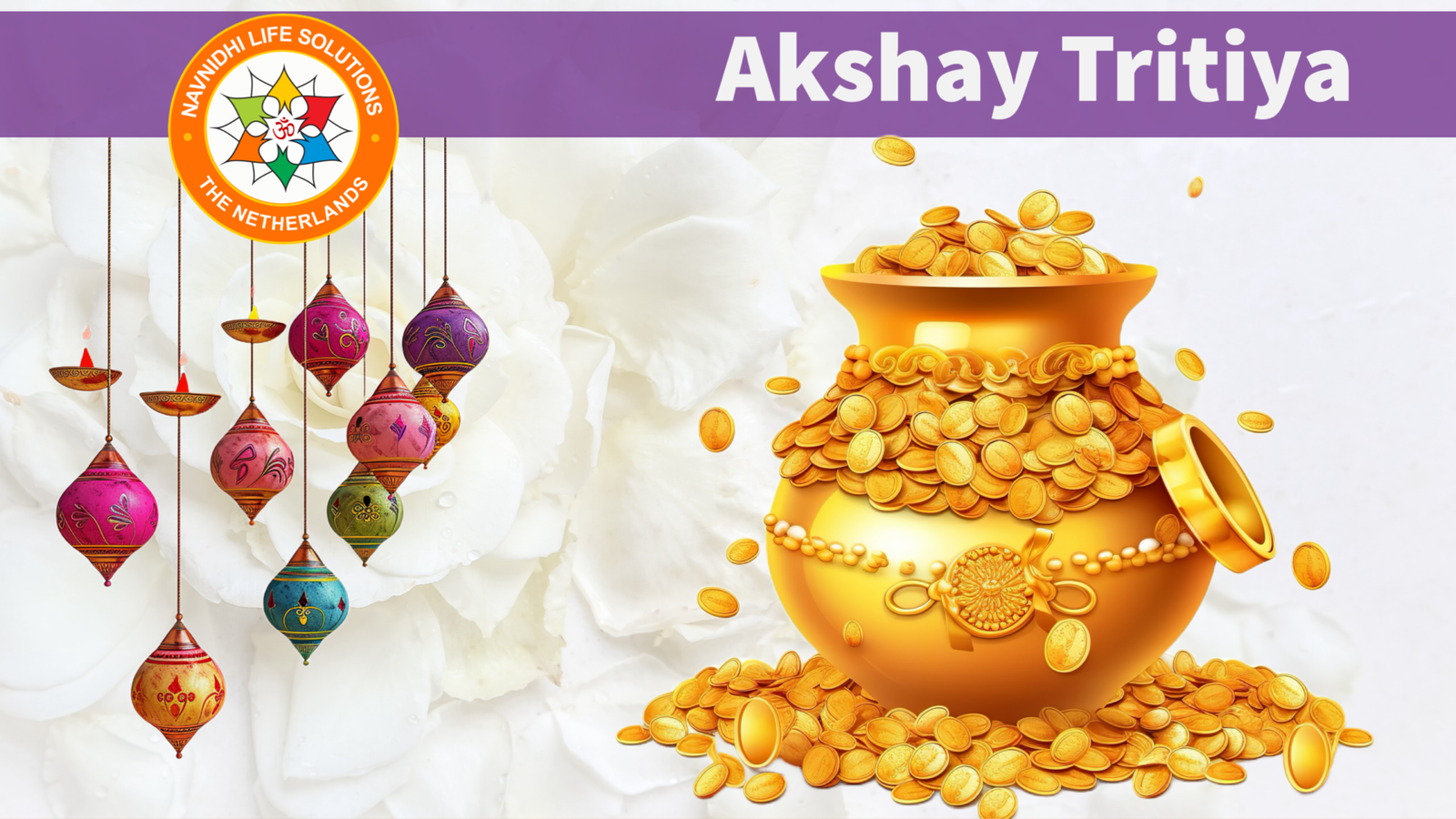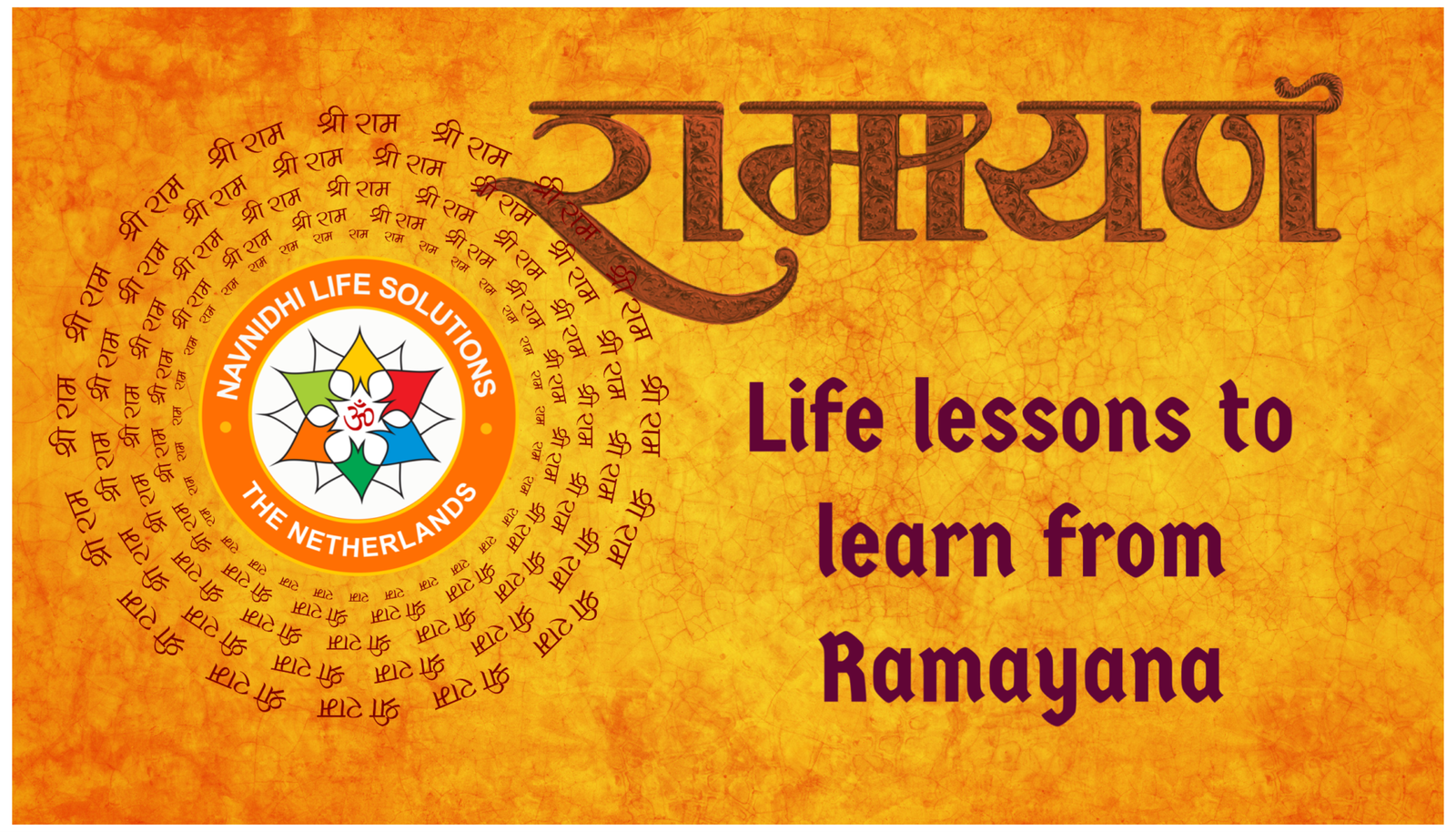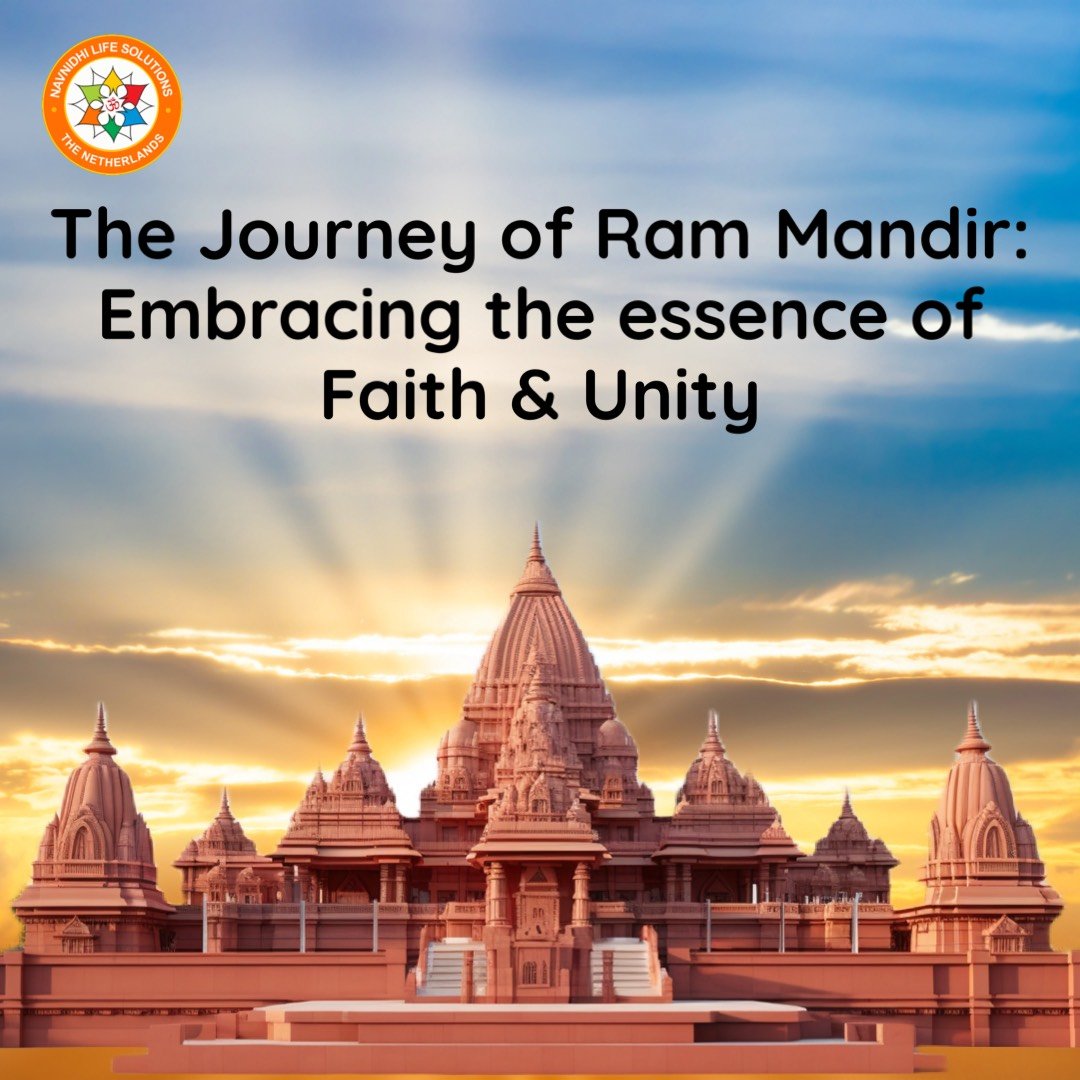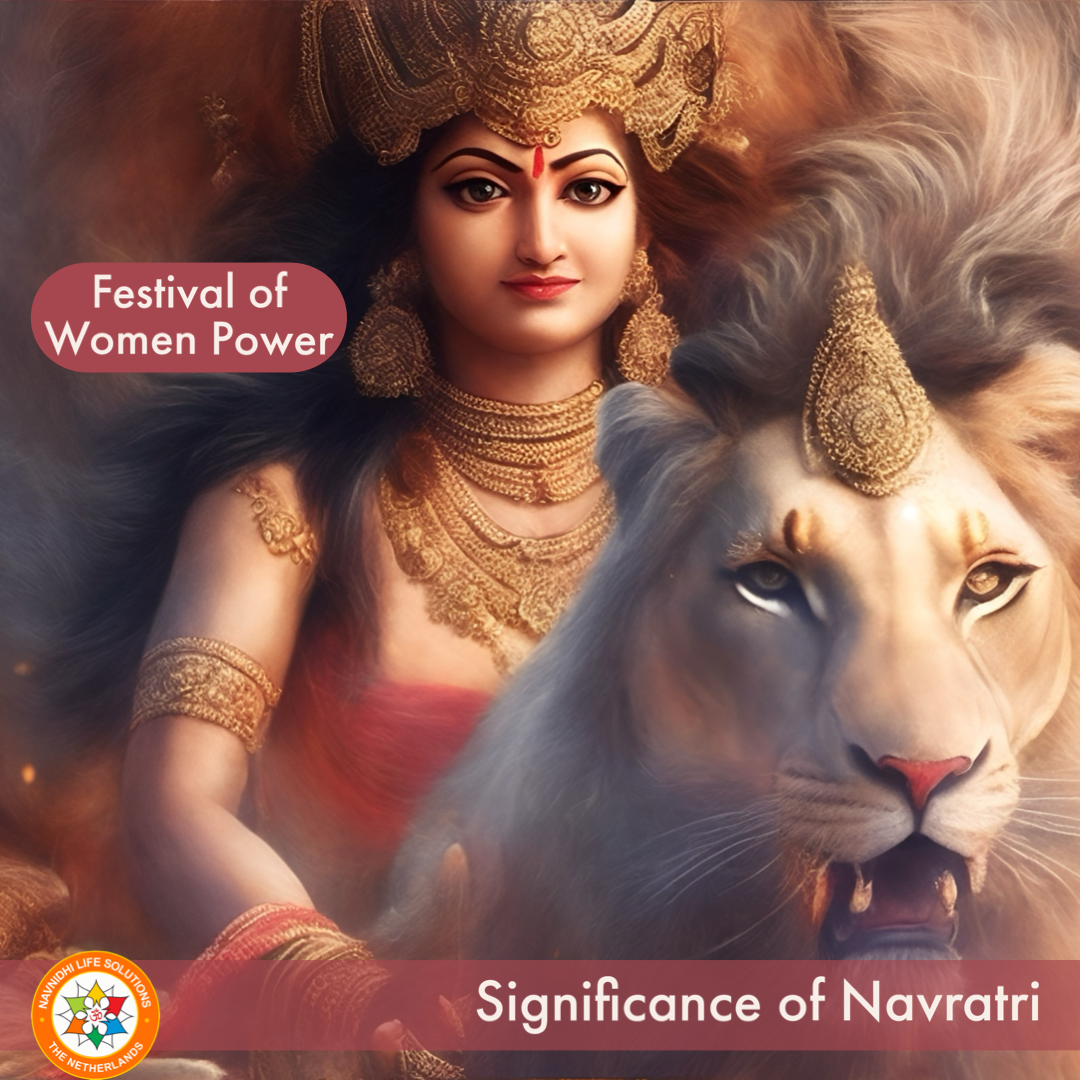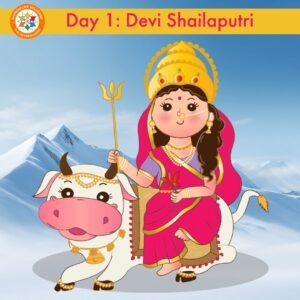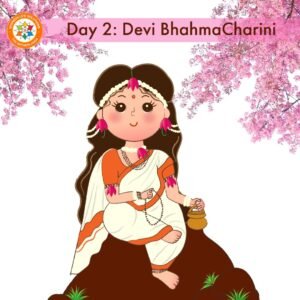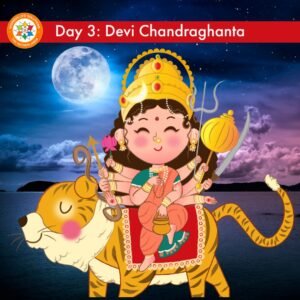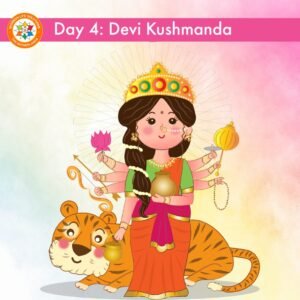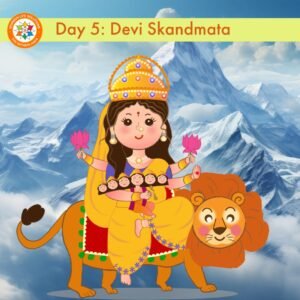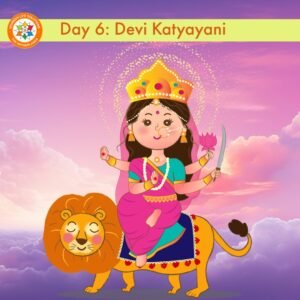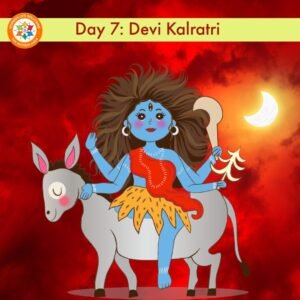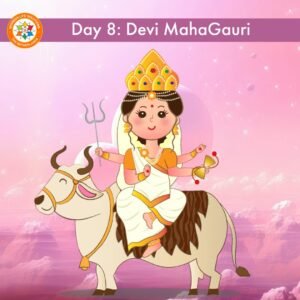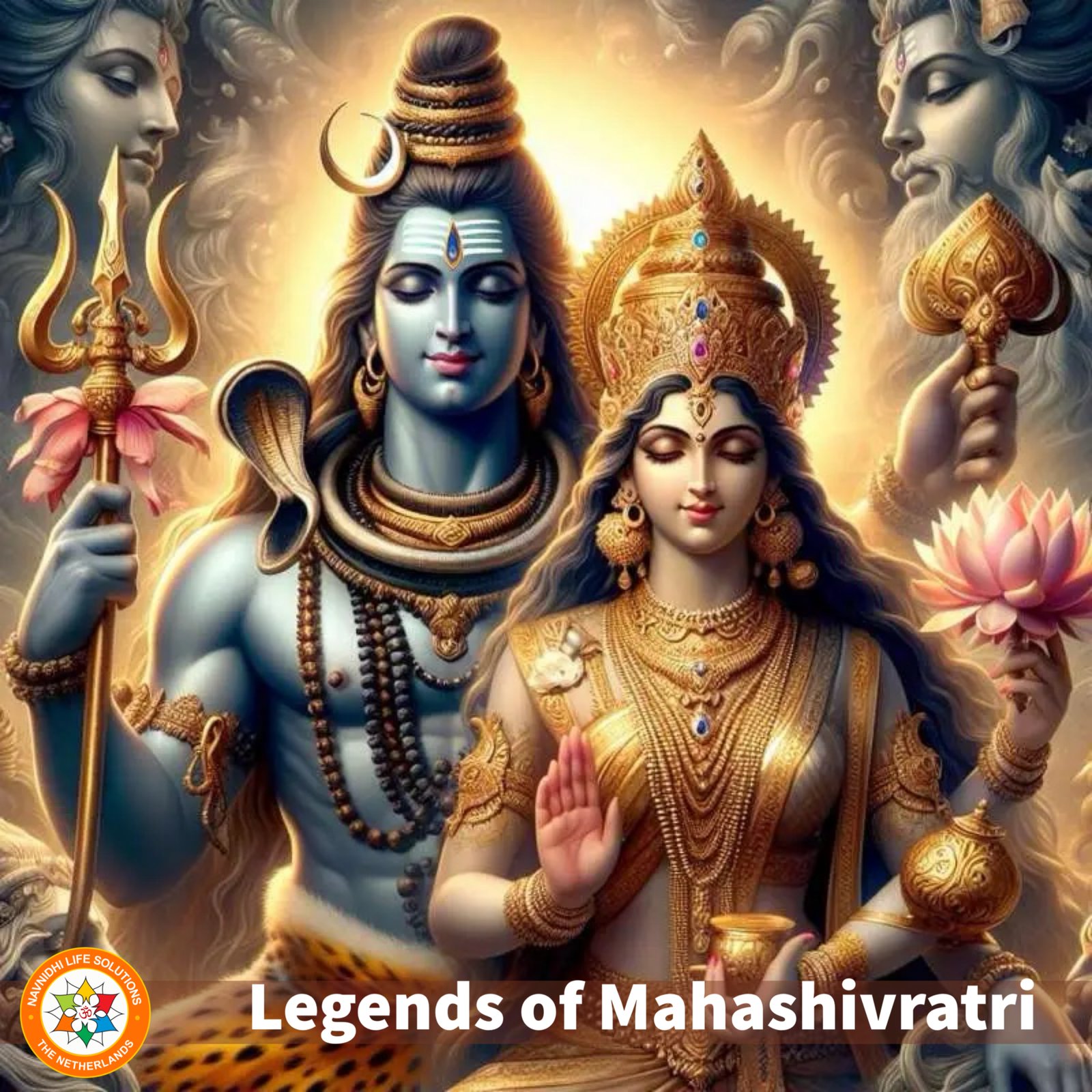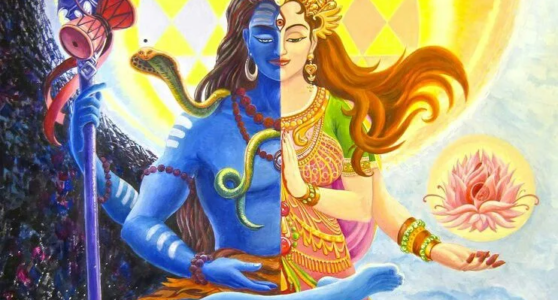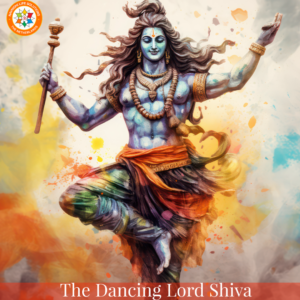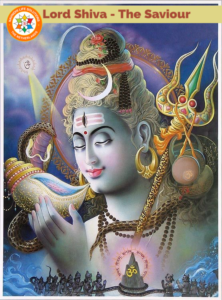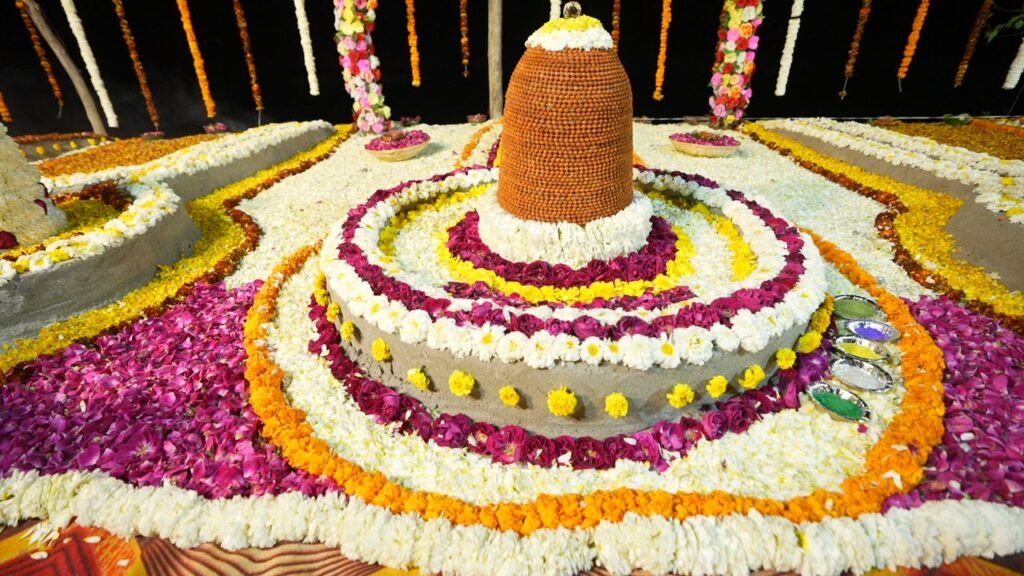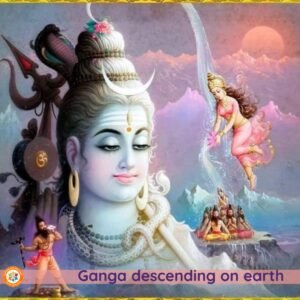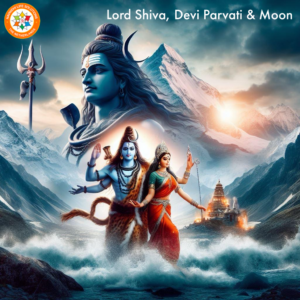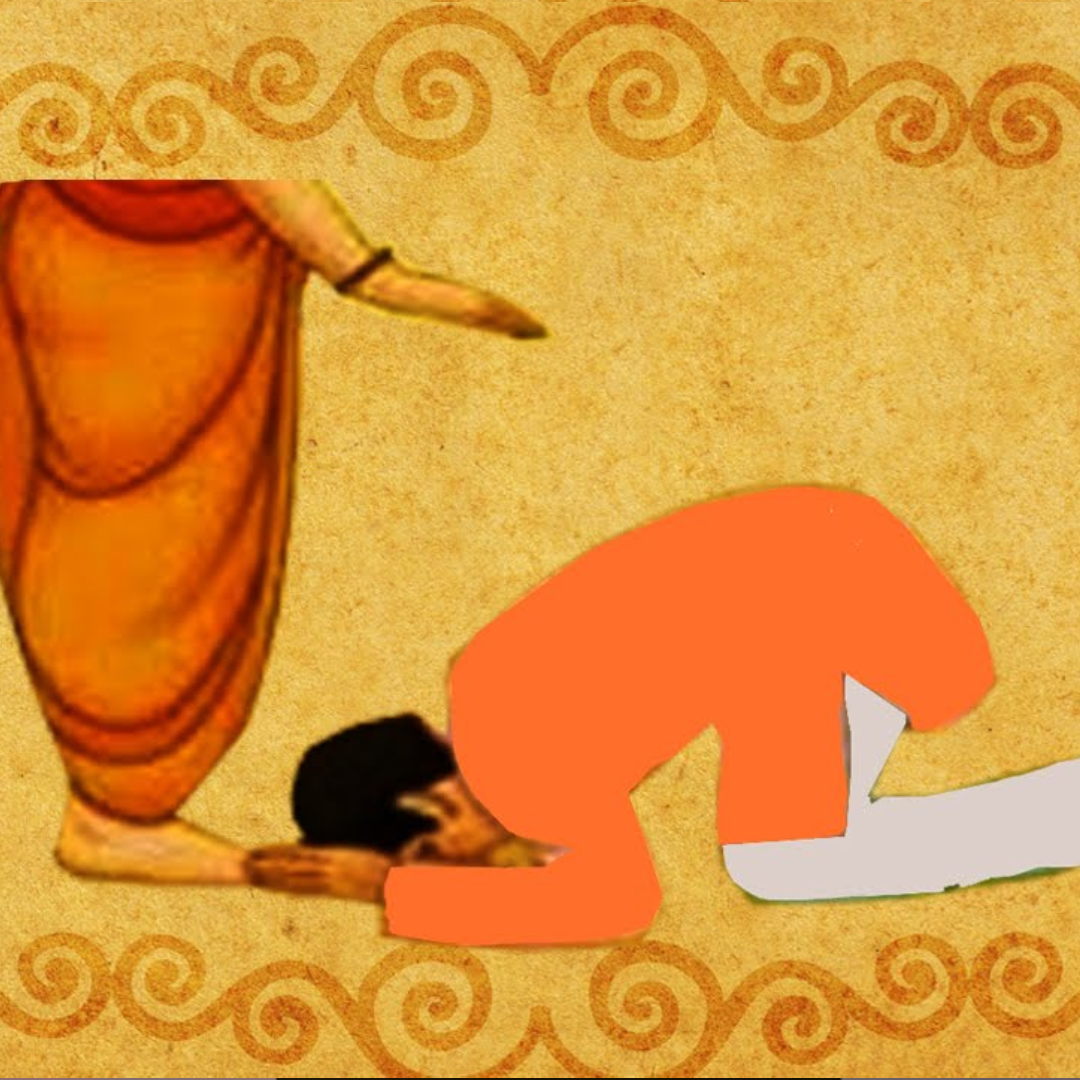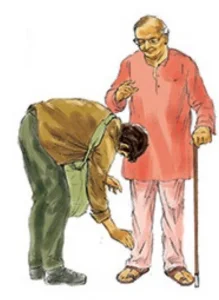What is Akshay Tritiya (Akha Teej)?
Akshay Tritiya also known as Akha Teej is a festival that celebrates new beginnings and prosperity. The significance of Akshay Tritiya lies in its meaning. The work Akshay Tritiya is taken from two sanskrit words – ‘Ashaya’ which stands for never ending or eternal and ‘Tritiya’ which is indicative of the third lunar day. As, the name suggests, it is observed on the third lunar day of the month Vaishaka which falls during the month of April or May.
The beautiful amalgamation of these two words results in creating meanings of everlasting prosperity and auspiciousness. Interestingly, the significance of Akshay Tritiya not only lies in Hindu culture but also significant to those practicing Jainism. Thus, let’s unfold together the significance of Akshay Tritiya in Hindu Culture by delving deep into the ritualistic and cultural practices of Akshay Tritiya.
Religious Importance of Akshay Tritiya
Several legends and religious underpinnings are to be known if one must understand the true meaning behind such a beautiful festival.
Let’s see what the Akshay Tritiya legends are all about:
- The Legend of Parashurama: Lord Parashurama is the sixth avatar of Hindu God Lord Vishnu. It is said that the celebration of Akshay Tritiya marks his birth anniversary. According to this legend, Lord Parashurama was born to destroy the evil by bringing back the good. In many places around the world, this day is also celebrated as Parashurama Jayanti.
- The beginning of Mahabharat: In another popular legend, there’s mention about how Lord Ganesha the elephant headed deity had started scripting Mahabharata on the request of Sage Bed Vyasa on this very day. Thus, this day of Akshay Tritiya is significant as it marks the origination of the auspicious Mahabharata.
- Krishna and Sudama: It is believed that Krishna’s childhood friend Sudama had visited Dwarka on this day. The sole purpose of his visit was to ask Krishna for some financial help. Despite his need, he couldn’t ask for the favor from Lord Krishna – the king of Dwarka. Sudama only had a small bag of rice as the gift for Lord Krishna but he was hesitant to offer. Lord Krishna accepted his gift happily and blessed his friend with unlimited wealth and prosperity in return.
- The Legend of Ganga: According to a popular religious legend, on this auspicious day of Akshay Tritiya, the holy river Ganga had descended on the Earth. Due to this, people also refer to this day as Gangavartan.
- Jain Traditions: Jains believe that Lord Adinath had first gained enlightenment fostering new beginning for spreading his words and building a stage for his teachings. Hence, to all the people following Jainism, Akshay Tritiya is also a very auspicious day.
Ritualistic Practices and Celebration at Akshay Tritya
Every festival is all about celebrations and practicing traditional rituals. Some of the popular ways of how to celebrate Akshay Tritiya are:
- Celebrating Akha Teej by doing Charity: On this very auspicious day, devotees are seen to engage in several charitable activities like feeding the underprivileged people, doing community welfare services, or even donating to temples. On Akshay Tritiya, donation is considered to bring blessings and prosperity to them.
- Purchasing Gold on Akshay Tritiya: One of the most popular ways of celebrating Akshay Tritiya is to buy gold on this very day. The significance of buying gold on Akshaya Tritiya is that the Gold is symbol of wealth and success. Thus, it has become a part of the Akshaya Tritiya tradition, to purchase gold coins and gold jewelry.
- Starting something new on Akshaya Tritiya: This day is auspicious for starting any new venture be it business or investment. According to the Hindu traditions, this day fosters growth. Thus, many individuals are seen to take this opportunity to do something new by taking a leap of faith towards hope, wealth, and success.
- Visiting Temples on Akshaya Tritiya: As a part of the celebration, individuals seek blessings from the divine by visiting the temples. Devotees pray and perform rituals by honoring Lord Vishnu and Devi Lakshmi as they represent wealth and prosperity. Thus, devotees engage several spiritual practices on this day. Some also are observed to offer Akshat i.e., whole grain rice covered with turmeric and kumkum to seek blessings from Lord Vishnu.
- Celebrating festival at home: People around the world celebrate Akshay Tritiya by preparing elaborate meals and sweets. No celebration is complete without culinary delights, and this isn’t any exception. Some of these include making Samosas, Puran Poli, Kheer, Coconut Ladoo and other snacks and dessert items. Family members join in to celebrate this day together and it is a perfect occasion strengthening family ties and bonding.
- Auspicious day for Wedding or Engagements on Akshay Tritiya: The very essence of Akha Teej lies in the fact that it is an ideal day for young individuals to formalize their relationships. Many couples choose this day for wedding to fill their wedding lives with success and love. But, match making is essential for any wedding in Hindu religion. You must contact an expert astrologer to ensure if your marriage would be successful as per your planets.
Importance in Astrology at Akshay Tritiya
Due to the alignment of the stars and planets, Akha Teej is greatly auspicious. It is believed that anything done on this day is bound to be prosperous and successful. Many Pandits or Priests consider this day to be free from any negative force or energy.
Our Conclusion
Throughout the world as devotees immerse themselves in the celebration of this auspicious occasion, they are constantly reminded of the blessing and goodwill bestowed upon them. Akshay Tritiya is not just a festival but also goes beyond its celebrations, as it stands as the beam of light, prosperity, and success. May goodwill guide us and give us enough strength to walk on the path of righteousness, abundance, and generosity.
Our YouTube Channel
You can watch motivational, Spiritual & Astrological videos on our YouTube Channel ‘Maharshi Keshvananda‘. You can also subscribe to our YouTube Channel to avoid missing any new video.




